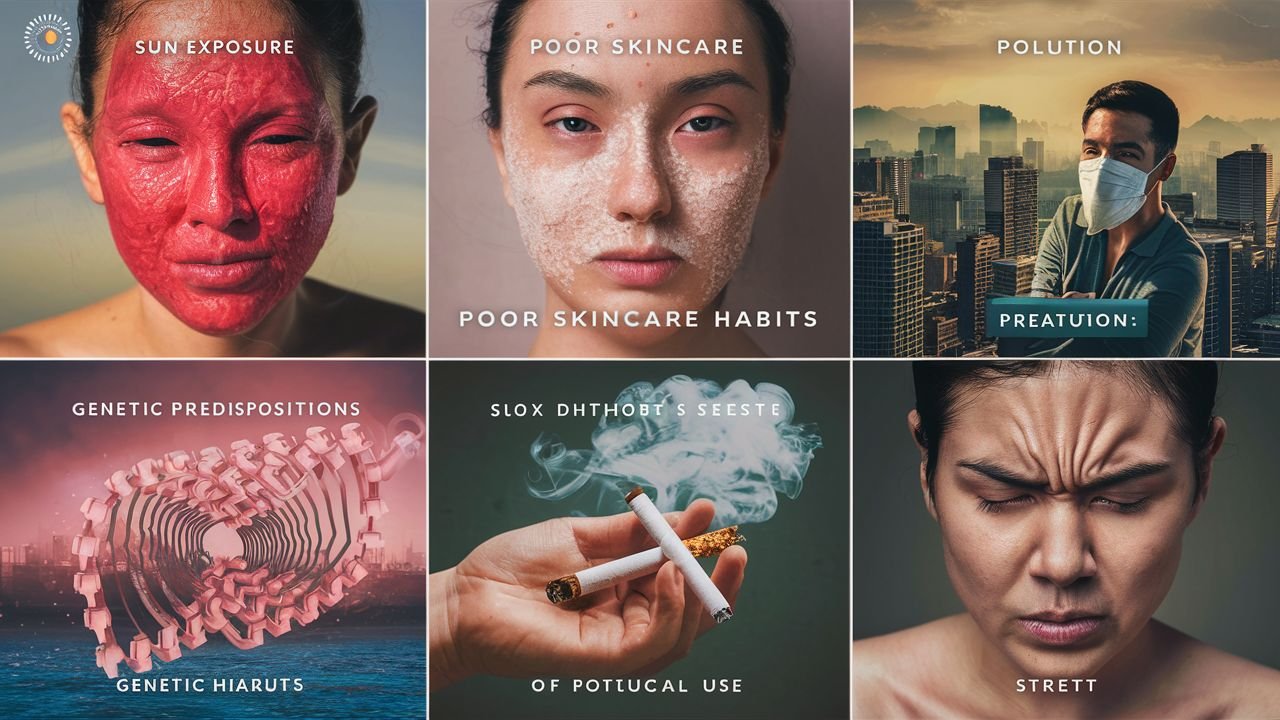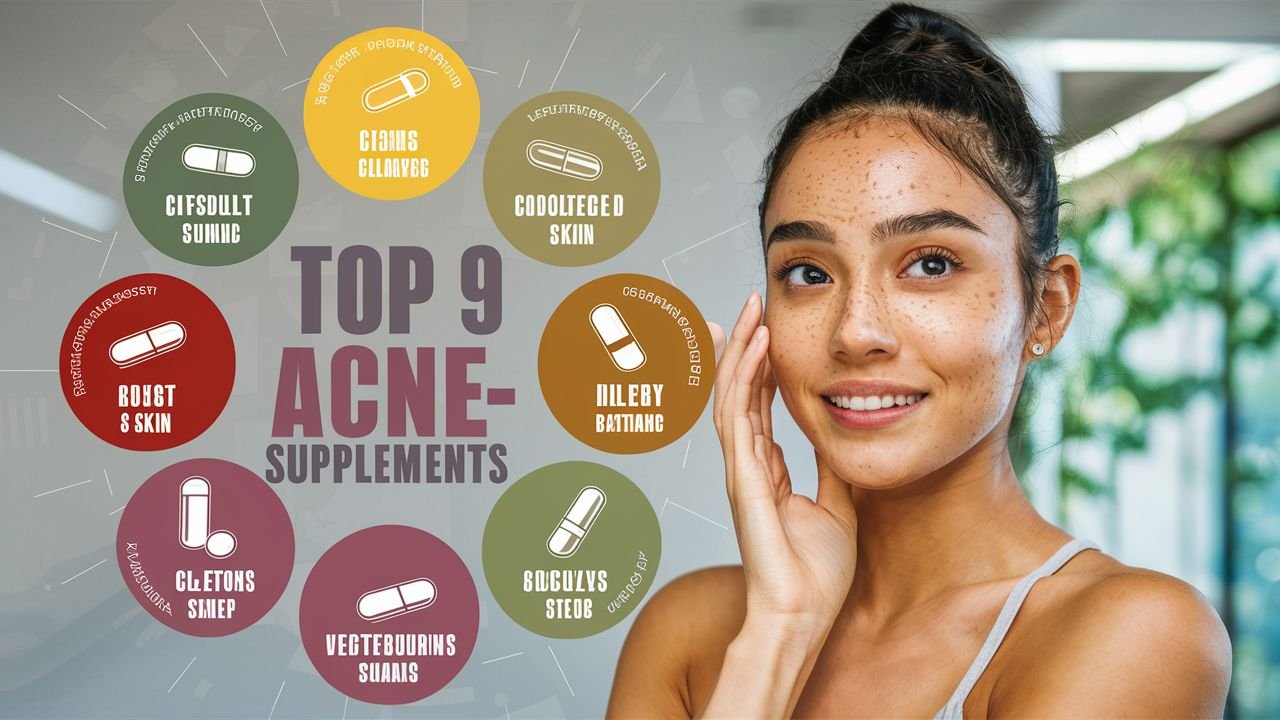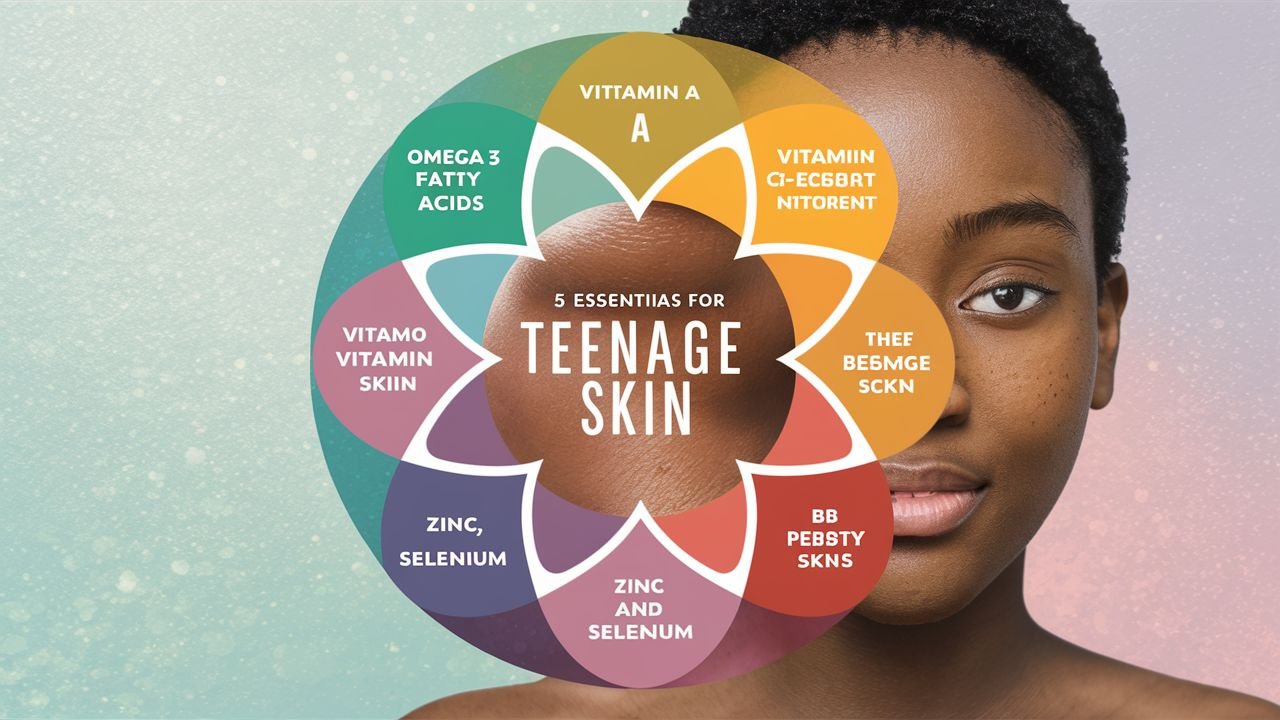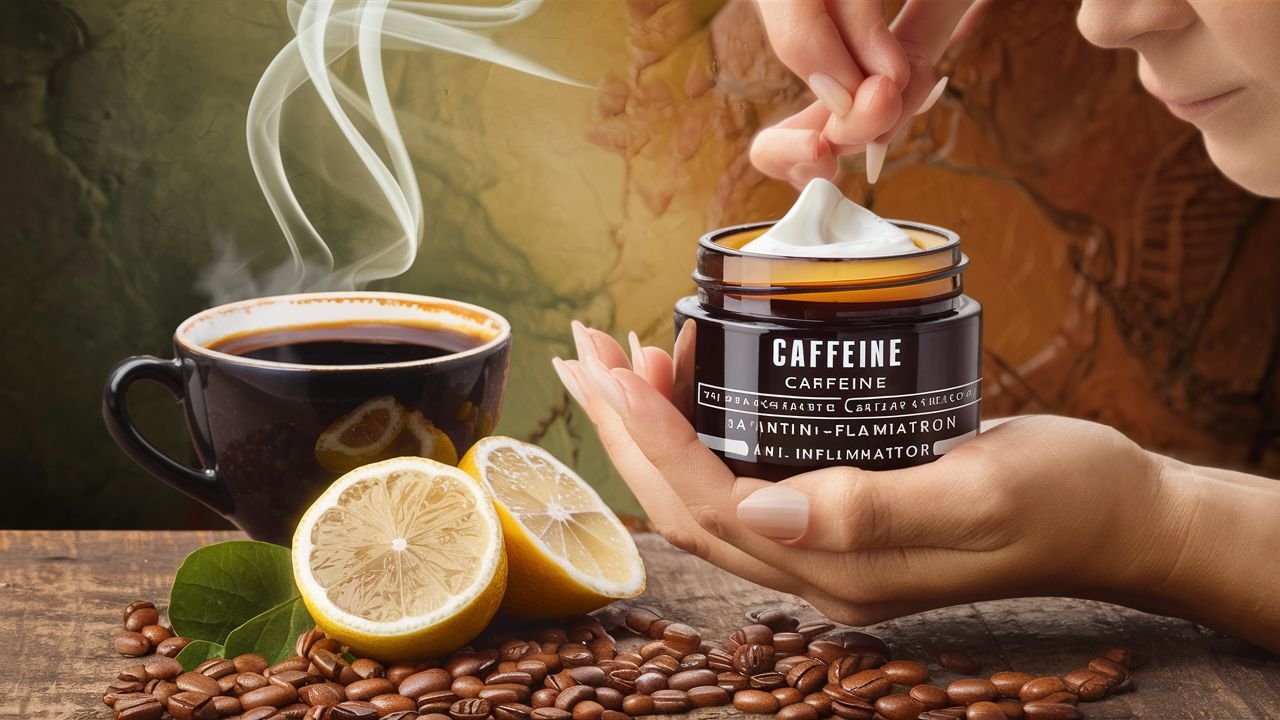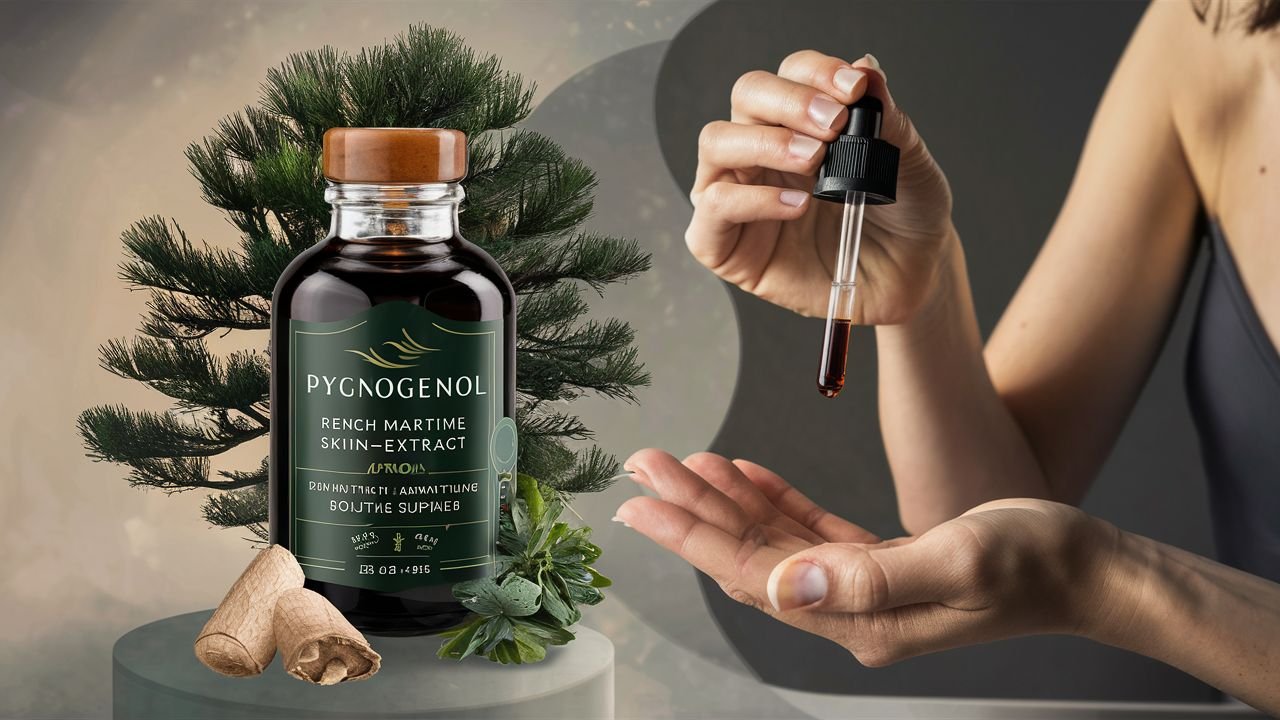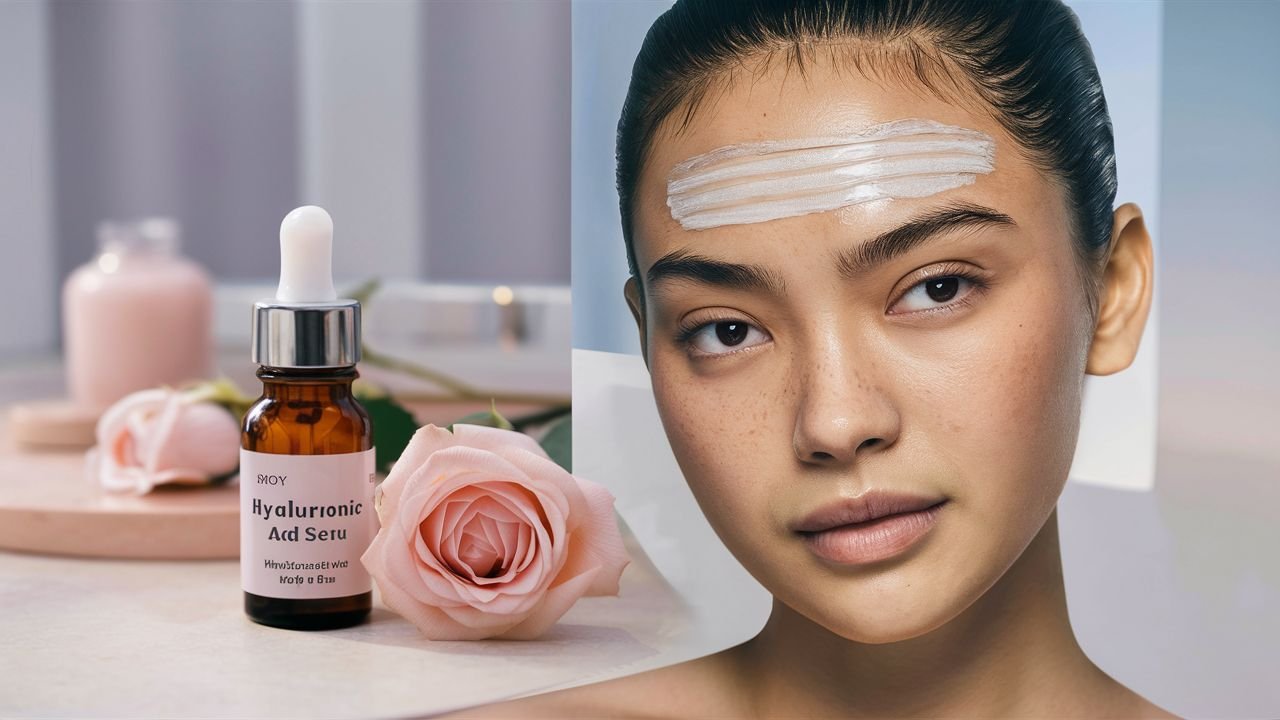Do you exfoliate your skin regularly? If so, are you using the right exfoliation method for your skin type? Many people believe that one size fits all when it comes to skin exfoliation, but the truth is, different skin types require different approaches. In this article, we will delve into the world of exfoliation methods and guide you on finding the best exfoliation method for your needs.
Exfoliation is a crucial step in any skincare routine as it helps to remove dead skin cells, revealing a fresh and healthy complexion. However, using the wrong exfoliation method can do more harm than good, causing irritation and even skin damage. To ensure the best results, it is essential to understand your skin type and choose the right exfoliation method accordingly.
- Exfoliation is an essential step to maintain a fresh and healthy complexion
- Different skin types require different exfoliation methods
- Choosing the right exfoliation method can prevent skin damage
- Understanding your skin type is crucial for effective exfoliation
- Stay tuned to discover the best exfoliation method for your skin type!
Understanding Exfoliation and Its Benefits
Exfoliation is the process of removing dead skin cells from the outer layer of the skin, revealing a brighter and healthier complexion. It is an essential step in any skincare routine and offers numerous benefits for your skin’s overall health and appearance.
One of the key benefits of exfoliation is clearing up congested skin. As dead skin cells accumulate, they can clog pores and lead to breakouts. By removing these dead cells through exfoliation, you can prevent acne and achieve clearer skin.
In addition to reducing acne, exfoliation also minimizes the appearance of fine lines and wrinkles. Dead skin cells can make your skin look dull and contribute to the formation of wrinkles. By regularly exfoliating, you can promote cell turnover and stimulate collagen production, resulting in smoother and more youthful-looking skin.
An even skin tone is another benefit of exfoliation. Dead skin cells can cause uneven pigmentation, making your skin appear patchy or discolored. Regular exfoliation can help fade dark spots, hyperpigmentation, and redness, resulting in a more uniform complexion.
Exfoliation also enhances the effectiveness of other skincare products. By removing the barrier of dead skin cells, your serums, moisturizers, and treatments can penetrate deeper into the skin. This allows the active ingredients to work more efficiently, delivering better results.
There are various exfoliating products and techniques available to achieve these benefits. From chemical exfoliants like AHAs and BHAs to physical exfoliators such as scrubs and brushes, you can choose the method that suits your skin type and preferences.
“Exfoliation is a crucial step in any skincare routine, but the method you choose should match your individual skin type and concerns.”
In the next section, we will explore the different types of exfoliation, including chemical and physical methods, and how they can be tailored to different skin types and concerns to achieve optimal results.
Types of Exfoliation: Chemical vs. Physical
Exfoliation is a fundamental process in skincare that helps eliminate dead skin cells and reveal a healthier complexion. There are two primary methods of exfoliation: chemical and physical.
Chemical Exfoliation
Chemical exfoliation involves the use of acids or enzymes to break down the bonds that hold dead skin cells together. This process enables the gentle removal of dull and damaged skin, promoting cellular turnover and revealing fresher skin underneath. Chemical exfoliants are available in the form of toners, serums, and masks, and they can contain ingredients like alpha-hydroxy acids (AHAs), such as glycolic acid and lactic acid, or beta-hydroxy acids (BHAs), like salicylic acid. These exfoliating agents are known for their ability to penetrate deeper into the skin and target specific concerns such as acne or hyperpigmentation.
Physical Exfoliation
Physical exfoliation involves the use of mechanical friction to physically remove dead skin cells from the surface of the skin. This method typically utilizes tools or products containing gentle abrasive particles. Physical exfoliation techniques include the use of scrubs, brushes, sponges, or microdermabrasion devices. These exfoliants work by manually buffing away the top layer of dead skin cells, resulting in a smoother and brighter complexion. Physical exfoliation is particularly beneficial for improving skin texture and promoting blood circulation.
Both chemical and physical exfoliation have their own benefits and considerations. The choice between the two methods depends on individual skin type, preferences, and concerns. Some individuals may find chemical exfoliation more suitable for their needs, as it can provide targeted and controlled exfoliation. On the other hand, physical exfoliation may be preferred by those who enjoy a sensory experience or desire immediate visible results. It’s important to note that proper technique and moderation should be exercised when using physical exfoliation to avoid over-scrubbing or irritating the skin.
| Chemical Exfoliation | Physical Exfoliation |
|---|---|
| Uses acids or enzymes | Uses mechanical friction |
| Gentle and controlled | Immediate results |
| Targets specific concerns | Improves skin texture |
| Promotes cellular turnover | Boosts blood circulation |
Choosing the right exfoliation method depends on individual needs, skin type, and preferences. Some individuals may benefit from incorporating both chemical and physical exfoliation into their skincare routine, using each method at different times to achieve optimal results. Additionally, it’s essential to pay attention to your skin’s response and adjust the frequency and intensity of exfoliation accordingly.
Physical Exfoliation Methods for Different Skin Types
Physical exfoliation is an effective way to remove dead skin cells and reveal a brighter complexion. However, it is important to use gentle exfoliators that are suitable for your specific skin concerns. Let’s explore physical exfoliation methods for different skin types:
Gentle Exfoliation for Sensitive Skin
Sensitive skin requires extra care when it comes to exfoliation. Opt for gentle exfoliators that minimize irritation and inflammation. Here are some recommended options:
Bamboo Extract: Known for its soothing properties, bamboo extract provides a gentle exfoliation experience for sensitive skin.
Jojoba Beads: These natural beads offer a mild exfoliating effect without causing any abrasion or irritation.
Rice Powder: Rice powder is finely milled and provides a soft exfoliation experience, suitable for sensitive skin types.
Mild Exfoliation for Dry Skin
Dry skin needs gentle exfoliation that doesn’t strip away moisture. Look for exfoliators with mild properties to help remove dead skin cells without causing dryness. Consider using:
Bamboo Extract: Bamboo extract offers gentle exfoliation while providing hydration to dry skin.
Oatmeal: Oatmeal is a soothing exfoliator that helps to remove dead skin cells and calm dry, sensitive skin.
Honey: Honey acts as a natural humectant and exfoliator, leaving the skin moisturized and supple.
Deep Cleansing Exfoliation for Oily Skin
Oily skin types can benefit from exfoliators that help control excess oil and unclog pores. Look for exfoliants with deep cleansing properties, such as:
Polynesian Sand: Polynesian sand provides a gritty texture that effectively removes excess oil and purifies oily skin.
Charcoal: Charcoal has absorbing properties that draw out impurities and excess oil from the skin’s surface.
French Green Clay: French green clay acts as a detoxifying exfoliator that helps to control oil production and clarify the skin.
Remember to choose physical exfoliants that are suitable for your specific skin type and concerns. It is recommended to perform a patch test before incorporating any new exfoliating product into your skincare routine. Listen to your skin and adjust the frequency of exfoliation accordingly.
| Skin Type | Gentle Exfoliators | Mild Exfoliators | Deep Cleansing Exfoliators |
|---|---|---|---|
| Sensitive Skin | Bamboo Extract | – | – |
| Dry Skin | – | Bamboo Extract, Oatmeal, Honey | – |
| Oily Skin | – | – | Polynesian Sand, Charcoal, French Green Clay |
Chemical Exfoliation Methods for Different Skin Types
Chemical exfoliation utilizes the power of alpha-hydroxy acids (AHAs) and beta-hydroxy acids (BHAs) to gently dissolve dead skin cells, revealing a renewed and glowing complexion. This method is particularly beneficial for individuals with dry, sensitive, or oily skin types.
Exfoliation for Dry Skin: If you have dry skin, it’s important to choose chemical exfoliants that provide gentle yet effective hydration. AHAs like glycolic acid and lactic acid are ideal choices for dry skin types. These acids not only remove dead skin cells but also promote moisture retention, leaving your skin feeling smoother and more supple.
Exfoliation for Sensitive Skin: Sensitive skin requires extra care and caution when it comes to exfoliation. Opt for milder AHAs such as lactic acid, which provides gentle exfoliation without causing irritation or redness. The soothing properties of lactic acid help calm and hydrate sensitive skin, making it an excellent choice for those with easily irritated skin.
Exfoliation for Oily Skin: Oily skin types tend to produce excess sebum, leading to clogged pores and acne breakouts. BHAs, such as salicylic acid, are highly effective at penetrating the pores and dissolving excess oil and debris. Incorporating salicylic acid into your exfoliation routine can help manage oil production and reduce the occurrence of blemishes, leaving your skin clearer and more balanced.
“Chemical exfoliation using AHAs and BHAs is a game-changer for achieving a smooth and radiant complexion. Selecting the right chemical exfoliants based on your specific skin type can help you effectively address your skincare concerns.”
Remember to patch test any new chemical exfoliants before incorporating them into your routine, especially if you have sensitive skin. Start by using the product once or twice a week and gradually increase the frequency as your skin adjusts. It is important to always follow the directions provided by the product manufacturer for optimal results.
Summary: Choosing the Right Chemical Exfoliation Method
Chemical exfoliation offers a gentle yet effective way to renew and rejuvenate your skin. By selecting the appropriate AHAs or BHAs for your skin type, you can address specific concerns such as dryness, sensitivity, or excess oil. Remember to prioritize gentle and hydrating exfoliants for dry and sensitive skin, and opt for BHAs for oily and acne-prone skin. With the right chemical exfoliation method, you can achieve a smoother, more vibrant complexion that radiates with health and vitality.
| Skin Type | Recommended Chemical Exfoliants |
|---|---|
| Dry Skin | Glycolic Acid, Lactic Acid |
| Sensitive Skin | Lactic Acid |
| Oily Skin | Salicylic Acid |
Exfoliation Tips for Each Skin Type
Each skin type requires specific considerations when it comes to exfoliation. Follow these tips to achieve optimal exfoliation results based on your skin type:
Dry Skin:
For dry skin, it is important to avoid over-exfoliating and choose gentler methods. Here are some tips:
- Opt for exfoliants with moisturizing ingredients like hyaluronic acid and glycerin.
- Avoid harsh physical exfoliants that can cause irritation.
- Exfoliate once a week to remove dead skin cells without drying out the skin.
Sensitive Skin:
Sensitive skin requires extra care when exfoliating. Consider the following tips:
- Choose mild chemical exfoliants with ingredients like chamomile or aloe vera.
- Avoid abrasive physical exfoliants and opt for gentle application techniques.
- Perform a patch test before applying any new exfoliating product to check for adverse reactions.
Oily Skin:
Oily skin types can benefit from more frequent exfoliation to control excess oil. Here are some tips:
- Use oil-free exfoliating products to avoid clogging the pores.
- Consider exfoliants with ingredients like salicylic acid to deeply cleanse the skin.
- Exfoliate 2-3 times a week to remove dead skin cells and reduce oiliness.
Understanding your skin type and following these tips will help you achieve the best exfoliation results. Remember to listen to your skin and adjust your routine as needed.
| Skin Type | Tips |
|---|---|
| Dry Skin | Avoid over-exfoliating. Choose gentler methods and moisturizing exfoliants. Exfoliate once a week. |
| Sensitive Skin | Use mild chemical exfoliants. Avoid abrasive physical exfoliants. Perform a patch test. |
| Oily Skin | Opt for oil-free exfoliants. Consider exfoliants with salicylic acid. Exfoliate 2-3 times a week. |
Remember, exfoliation is a beneficial step in your skincare routine, but it should be done with caution and tailored to your specific skin type.
Exfoliation Techniques for Different Body Parts
Exfoliating different body parts requires specific techniques to effectively remove dead skin cells and maintain smooth, healthy skin. Let’s explore how to exfoliate various areas of the body.
Face
For facial exfoliation, use gentle circular motions with a scrub or brush to effectively remove dead skin cells. This helps to reveal a fresh, glowing complexion. Choose exfoliating products specifically formulated for the face to avoid irritation or sensitivity.
Arms and Legs
When exfoliating your arms and legs, consider using brushes, sponges, or gloves to slough away dead skin cells. These tools provide gentle abrasion and help improve the skin’s texture. Remember to be thorough but gentle to avoid skin irritation.
Feet and Hands
Exfoliating your feet and hands is essential to maintain soft and smooth skin. Use specific scrubs with exfoliating particles or consider using a pumice stone to remove dead skin cells. Focus on rough areas, such as the heels and palms, to rejuvenate and renew the skin.
Pubic Area
The pubic area is sensitive, so it’s important to approach exfoliation with care. Use a loofah or a body brush with gentle strokes to exfoliate this area effectively. Remember to avoid applying too much pressure to prevent irritation.
Exfoliating different body parts helps to improve the overall texture and appearance of the skin. It’s important to tailor your exfoliation techniques based on the specific needs of each body part to prevent dryness or irritation.
| Body Part | Exfoliation Techniques |
|---|---|
| Face | Gentle circular motions with a scrub or brush |
| Arms and Legs | Brushes, sponges, or gloves |
| Feet and Hands | Specific scrubs or pumice stone |
| Pubic Area | Loofah or body brush with gentle strokes |
Exfoliating your body not only improves the appearance of your skin but also enhances the effectiveness of other skincare products. With the right exfoliation techniques, you can achieve smooth and radiant skin all over.
How Often Should You Exfoliate?
The frequency of exfoliation depends on your individual skin type and the type of exfoliation method you choose. It’s important to find the right balance to maintain optimal skin health.
For normal skin types, exfoliating 1-3 times a week is generally tolerable and beneficial. This helps to remove dead skin cells and reveal a fresh complexion. However, it’s essential to listen to your skin and adjust the frequency if any signs of irritation or dryness occur.
If you have sensitive or dry skin, it’s recommended to exfoliate once a week. These skin types are more prone to dryness and irritation, so less frequent exfoliation helps to avoid damaging the skin’s natural barrier.
On the other hand, if you have oily skin, you may benefit from more frequent exfoliation. Exfoliating 2-3 times a week can help to remove excess oil, unclog pores, and prevent breakouts. However, be cautious not to over-exfoliate, as it can lead to skin sensitivities and inflammation.
Remember, everyone’s skin is unique, and what works for one person may not work for another. Pay attention to how your skin responds to exfoliation and adjust the frequency accordingly. If you’re unsure about the ideal exfoliation frequency for your skin, consult with a dermatologist or skincare professional.
The Importance of Protecting and Moisturizing After Exfoliation
After exfoliating, it is crucial to prioritize post-exfoliation care to keep your skin healthy and maintain the results of your exfoliation routine. One essential step is to moisturize your skin to restore hydration and prevent dryness. This helps in replenishing the natural oils and moisture that may have been stripped away during the exfoliation process.
Choosing the right moisturizer for your skin type is key. Look for products that are specifically formulated for post-exfoliation care, as they are designed to provide deep hydration and nourishment. For best results, opt for a moisturizer that contains hydrating ingredients such as hyaluronic acid, glycerin, or ceramides.
Additionally, it is crucial to protect your skin after exfoliation, especially from the sun’s harmful UV rays. Exfoliation can remove the skin’s natural protective layer, making it more susceptible to sun damage. Therefore, incorporating a moisturizer with SPF into your skincare routine is essential. This will help shield your skin from UV rays and minimize the risk of sunburn, skin damage, and premature aging.
Expert Tip:
Ensure that the moisturizer you choose has a broad-spectrum SPF of at least 30, providing protection against both UVA and UVB rays. Apply it generously to all exposed areas of your skin, including your face, neck, and any other areas that were exfoliated.
Remember to apply the moisturizer with SPF at least 15 minutes before sun exposure and reapply every two hours, especially if you are spending an extended period outdoors. This will ensure continuous protection throughout the day.
By following these essential post-exfoliation care steps, you can maintain the health and vitality of your skin, allowing you to enjoy the benefits of exfoliation while minimizing any potential side effects.
Conclusion
Exfoliation is an essential step in any skincare routine, and choosing the right exfoliation method for your skin type is crucial in achieving optimal results. By understanding the different exfoliation methods and their benefits, you can make an informed decision that caters to your individual needs.
Whether you prefer chemical exfoliation using alpha-hydroxy acids (AHAs) or beta-hydroxy acids (BHAs), or physical exfoliation through gentle scrubs and tools, it is important to be gentle and listen to your skin. Avoid over-exfoliating, as this can lead to irritation and sensitivity.
By selecting the appropriate exfoliation method, you can effectively remove dead skin cells, clear congested pores, and promote a brighter and healthier complexion. Remember to moisturize and protect your skin after exfoliation to maintain hydration and safeguard against UV damage.
In conclusion, incorporating exfoliation into your skincare routine should not be overlooked. By understanding your skin type and concerns, as well as the benefits and considerations of different exfoliation methods, you can achieve radiant and healthy-looking skin. Choose wisely and enjoy the transformative effects of exfoliation in your skincare journey.


